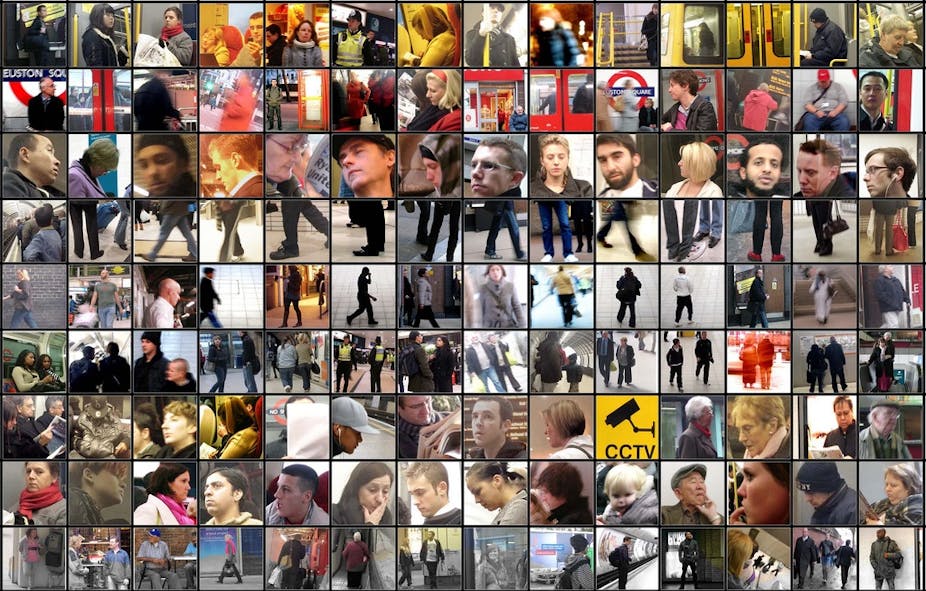The use of surveillance in public spaces is growing at an unprecedented pace in response to acts of terror and threats to critical infrastructure.
But while it is relatively easy (albeit expensive) to install increasing numbers of cameras, it is quite another issue to adequately monitor surveillance video.
The trend has been to simply record CCTV feeds without monitoring and then use the recordings to investigate acts of crime and terrorism after the event.
The fundamental problem here is human monitoring requires a large number of personnel, resulting in high ongoing costs and questionable reliability. The attention span of humans decreases rapidly when performing mundane tasks and in fact, studies show that CCTV operators become quite ineffective after just 20 minutes.
An eye on the future
A solution may be found in advanced surveillance systems with computer-assisted monitoring of cameras. Such systems may help to maintain the high level of vigilance required to respond to rare security events: that is, a well-designed computer system is never caught “off guard”.
There is a shift currently taking place in the security industry, replacing traditional analog systems with newer, IP (Internet Protocol) cameras and computer networking technologies.
While IP surveillance requires a whole new set of skills to maintain and install systems – such as enterprise network administration – it also offers huge opportunities for the automation of surveillance tasks.
IP surveillance allows a virtually unlimited number of cameras and computers to be interconnected to form a distributed surveillance network spanning vast distances (much like the internet in general).
Analog CCTV systems only support standard definition video which is the equivalent of 0.3 Megapixels resolution – often producing fuzzy or unreliable images – but digital high-definition IP cameras commonly support one to two Megapixels (HDTV standard) and a few go as high as 16 Megapixels.
These very-high definition cameras capture the overall scene as well as allowing for the identification of faces and the number plates of vehicles, even weeks after the event.
This greatly reduces the need for traditional PTZ (pan tilt zoom) cameras which only provide such important details if operated by a human in real-time.
Driving surveillance forward
Automated Number Plate Recognition (ANPR) is a surveillance technology that is fast becoming commonplace. Toll roads routinely scan cars for revenue collection, but they can also detect stolen cars and registration violations.
In their fight against the Mafia, Italian authorities use mobile and fixed ANPR to rapidly identify stolen vehicles which are frequently used to commit crimes. Similarly, a stated aim of the UK police is to use ANPR to deny criminals access to the roads for the purposes of committing crime.
Facing the future
Another powerful technology in its infancy is Automated Face Recognition (AFR).
An early example of AFR technology, known as SmartGate, has already been installed at Australia’s international airports and compares scans taken of a traveller’s face, to the photo digitally embedded in that traveller’s passport.
This technology allows for rapid processing of international travellers at our borders, but this technology is for face verification, not recognition.
An ideal AFR system would be able to automatically determine the identity of each passenger from large face databases without their cooperation or knowledge. Such a system could potentially detect criminals such as drug traffickers and persons who are travelling on false documents.
Obtaining useful levels of recognition accuracy from CCTV is a grand challenge for advanced surveillance researchers and, as people are wont to say, nothing is impossible.
This is the first in our five-part series on advanced surveillance. To read the other four instalments, follow the links below:

